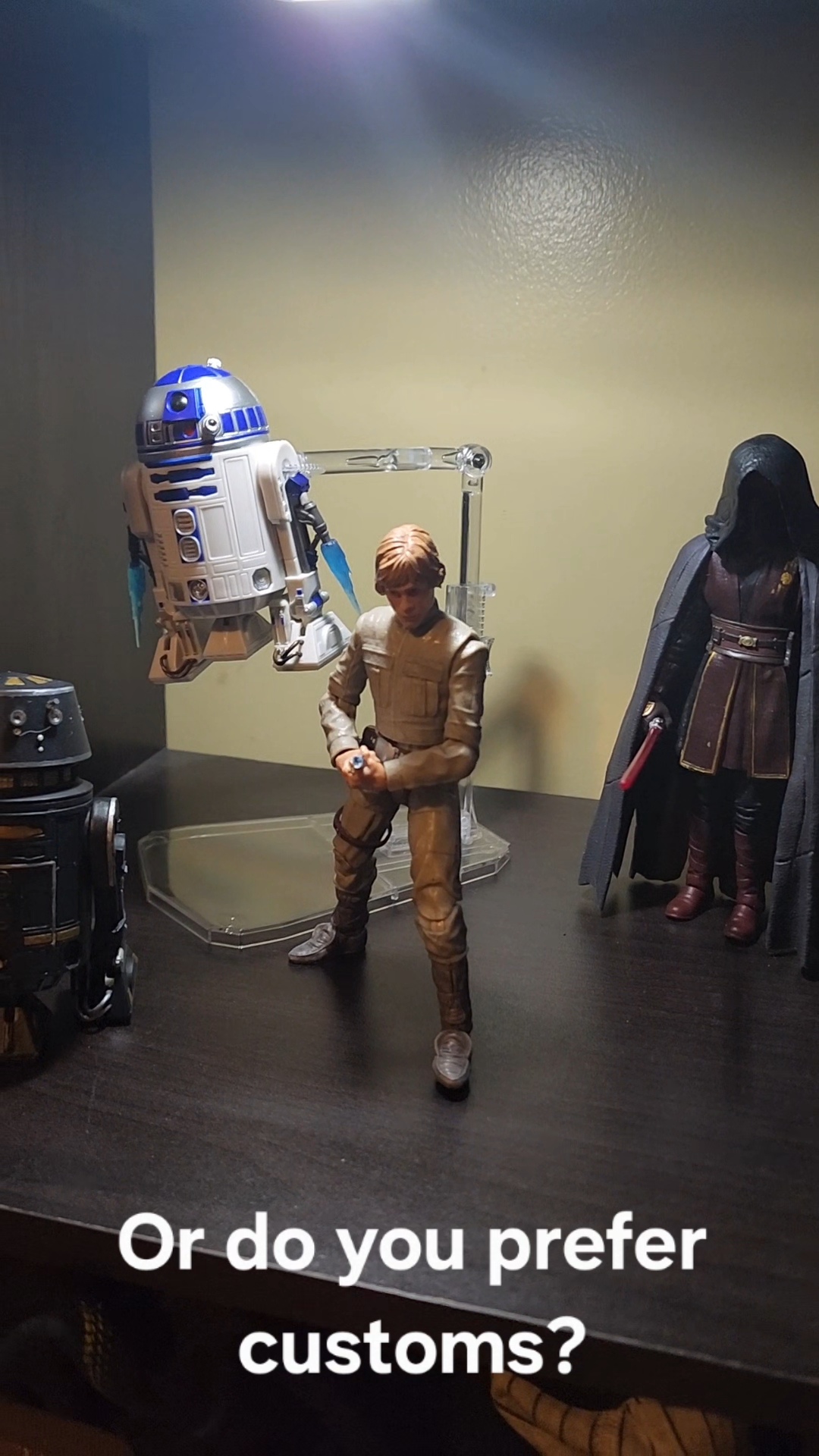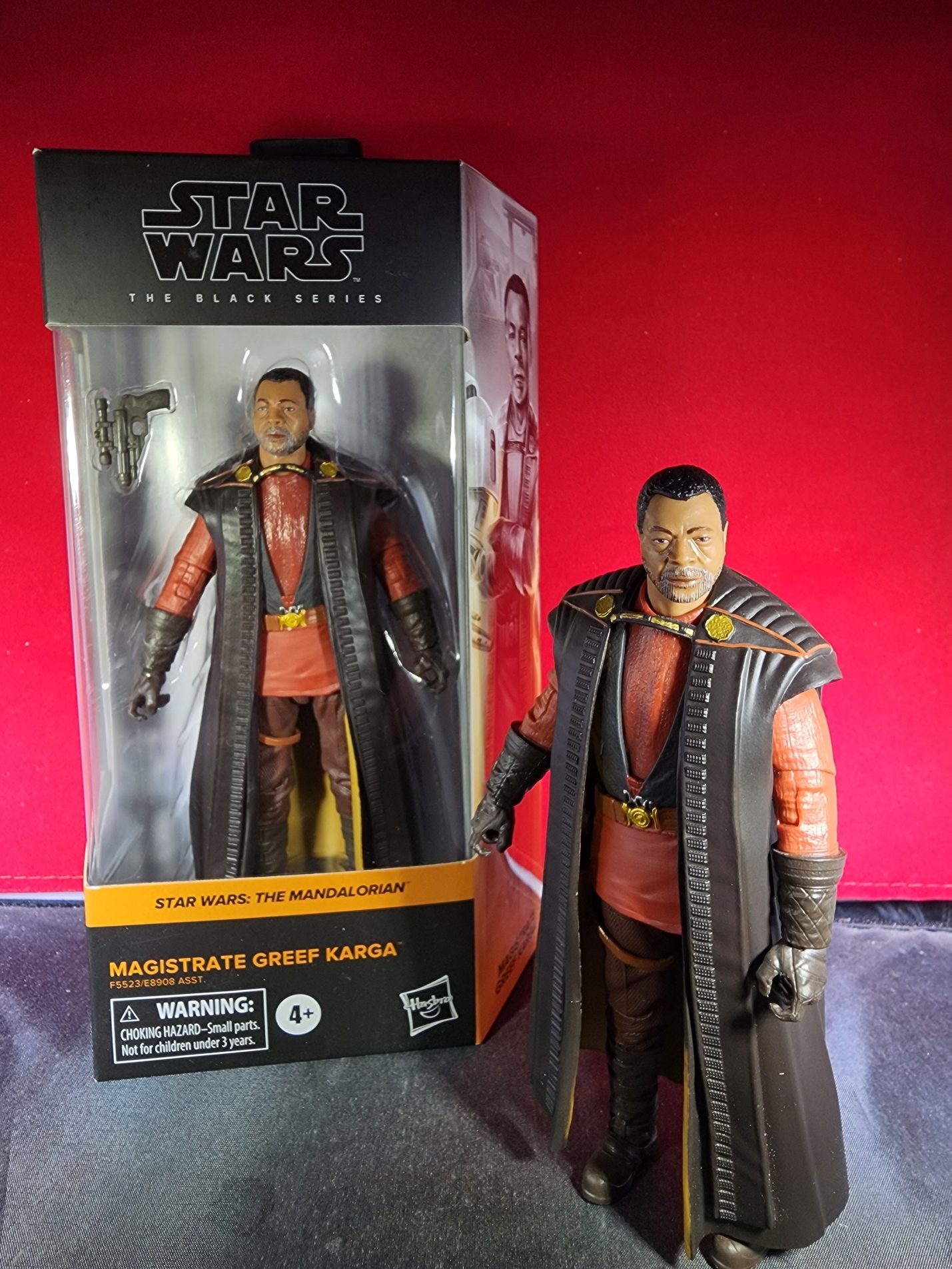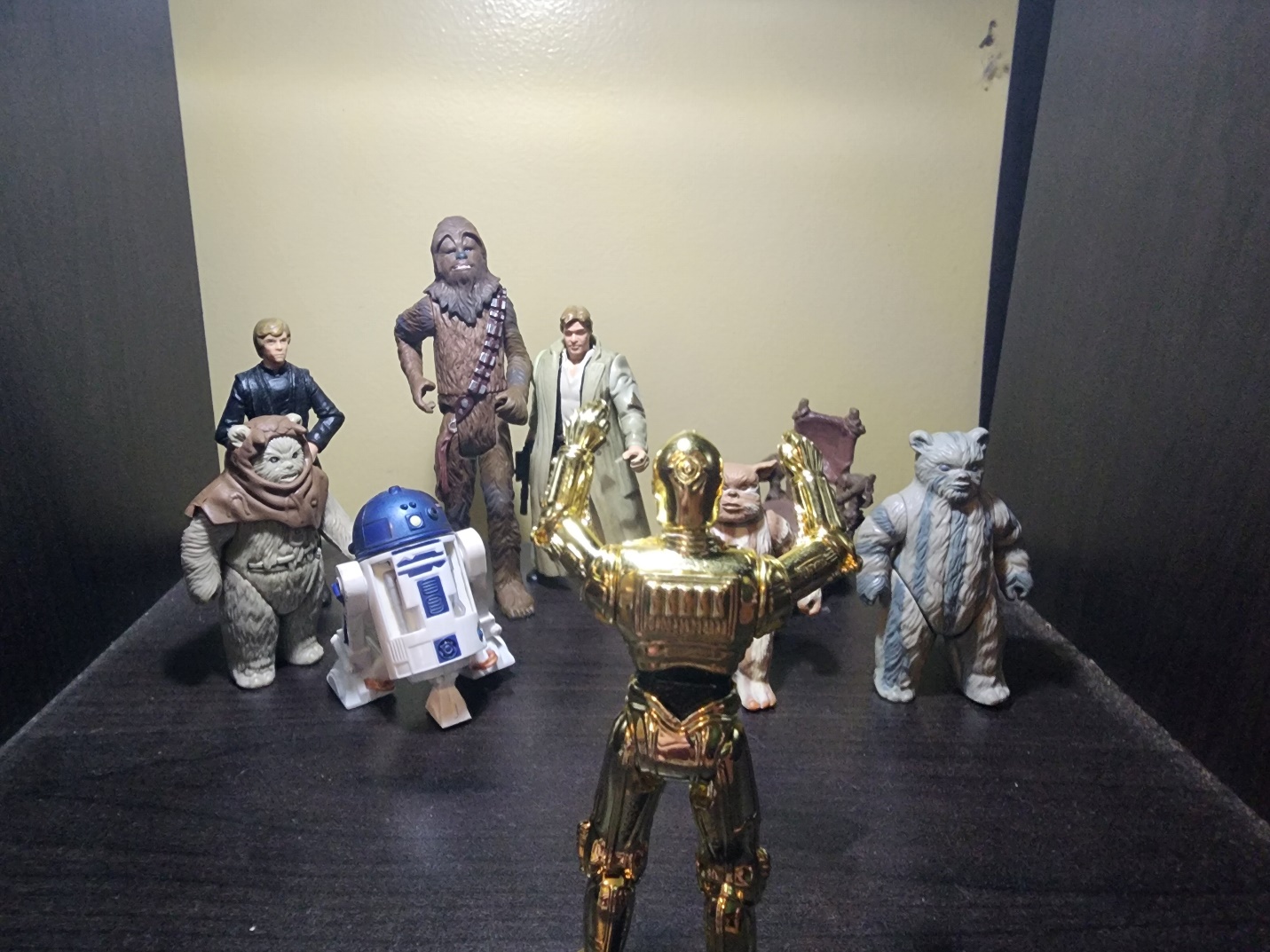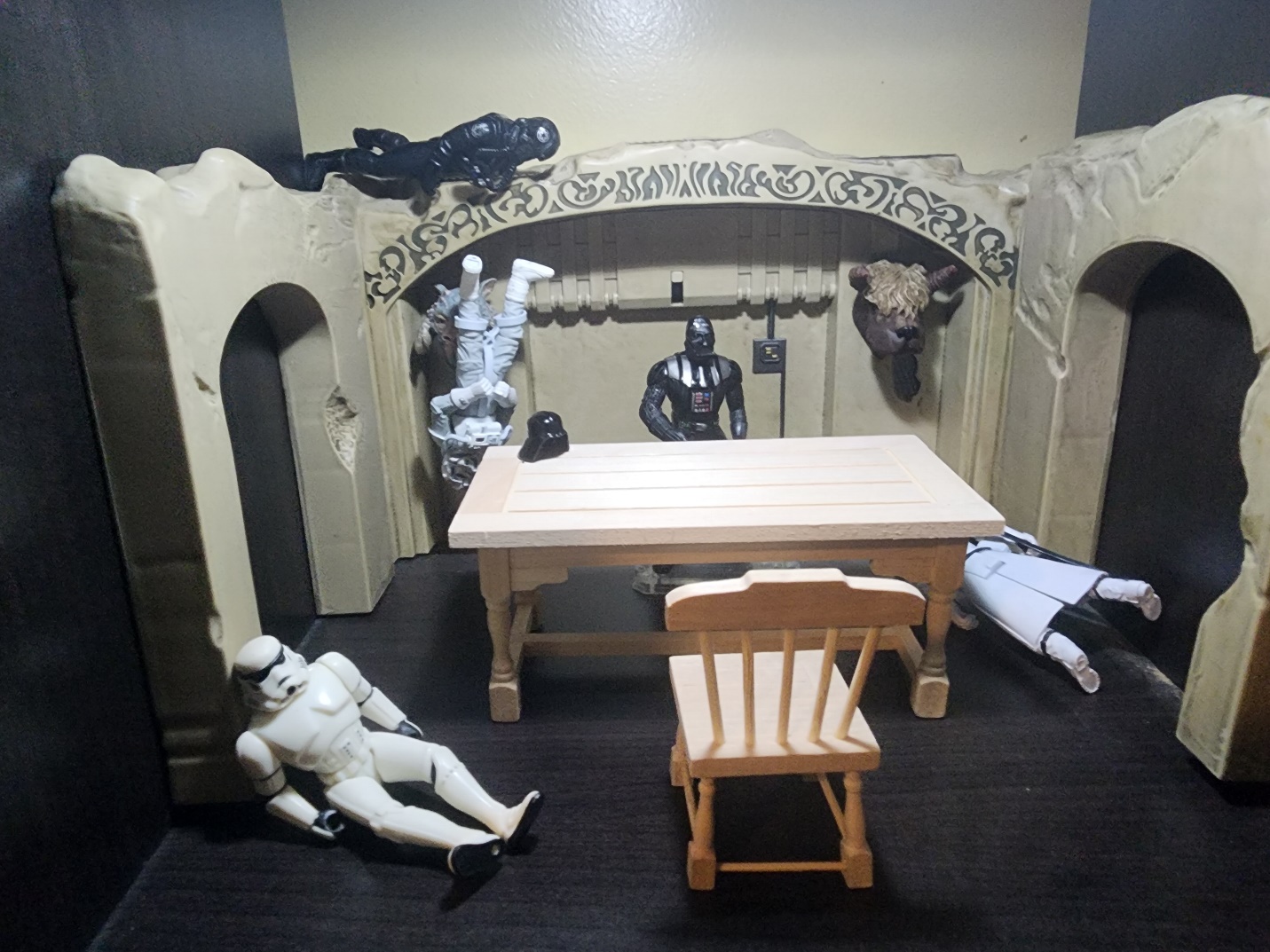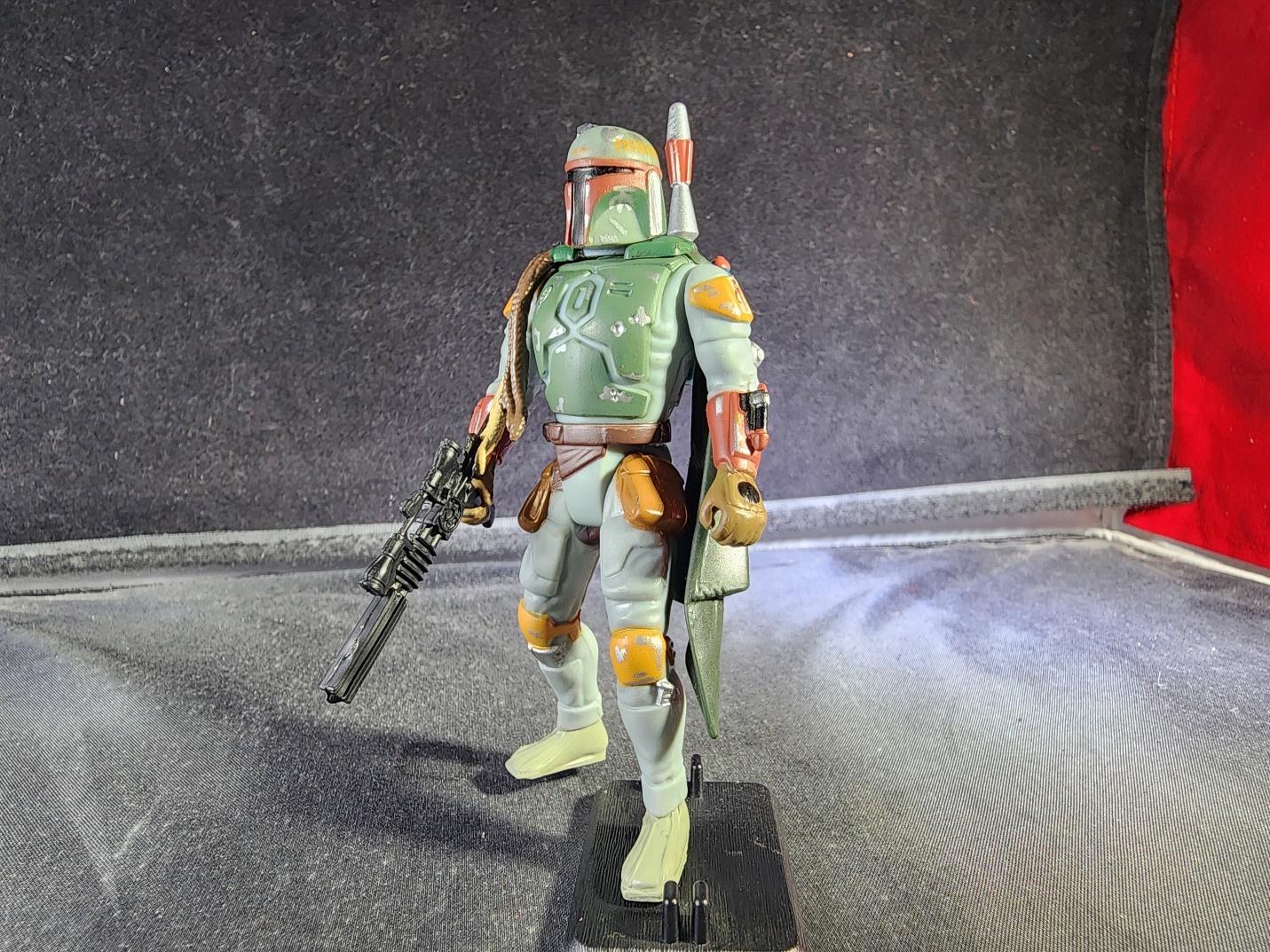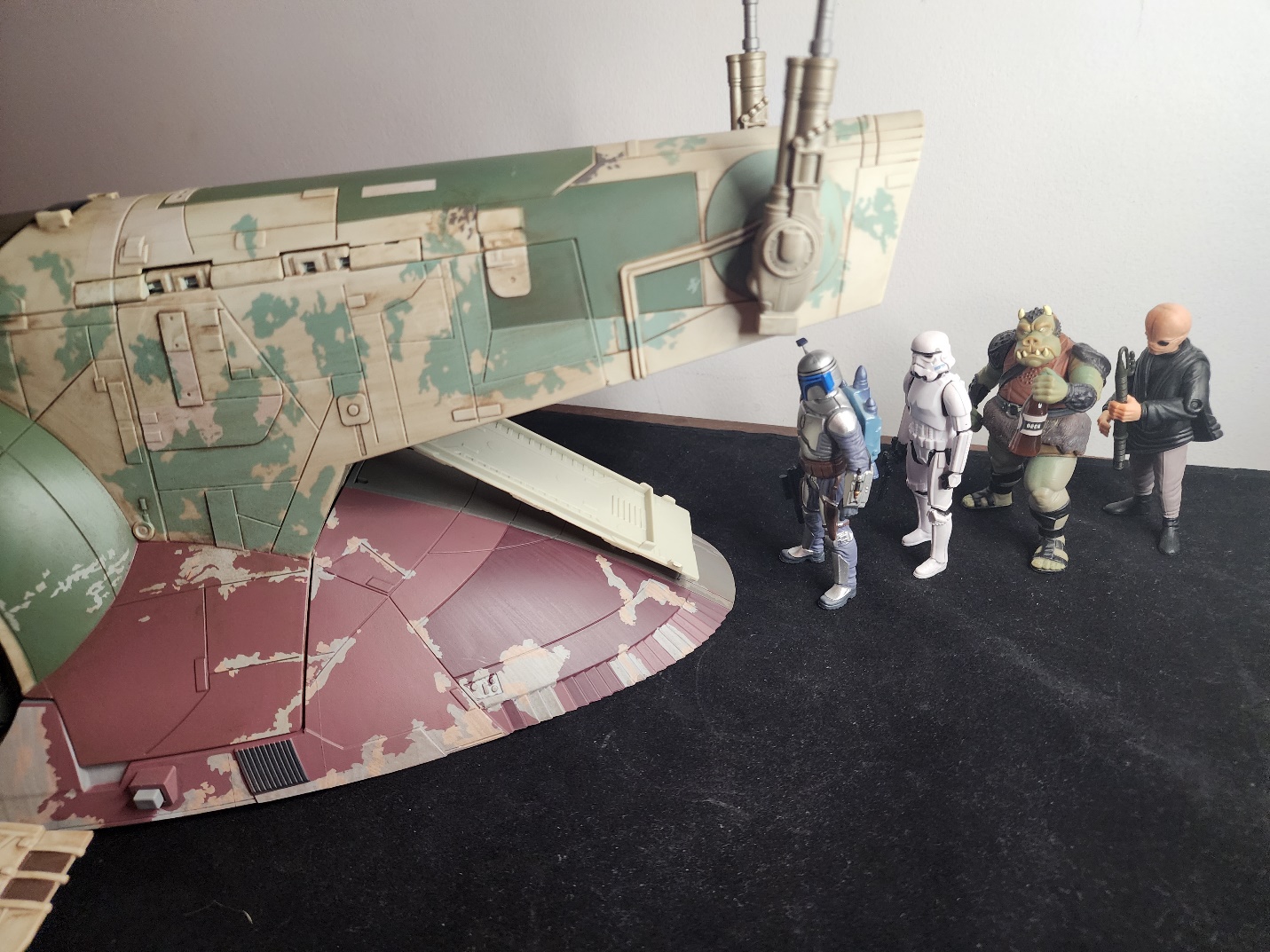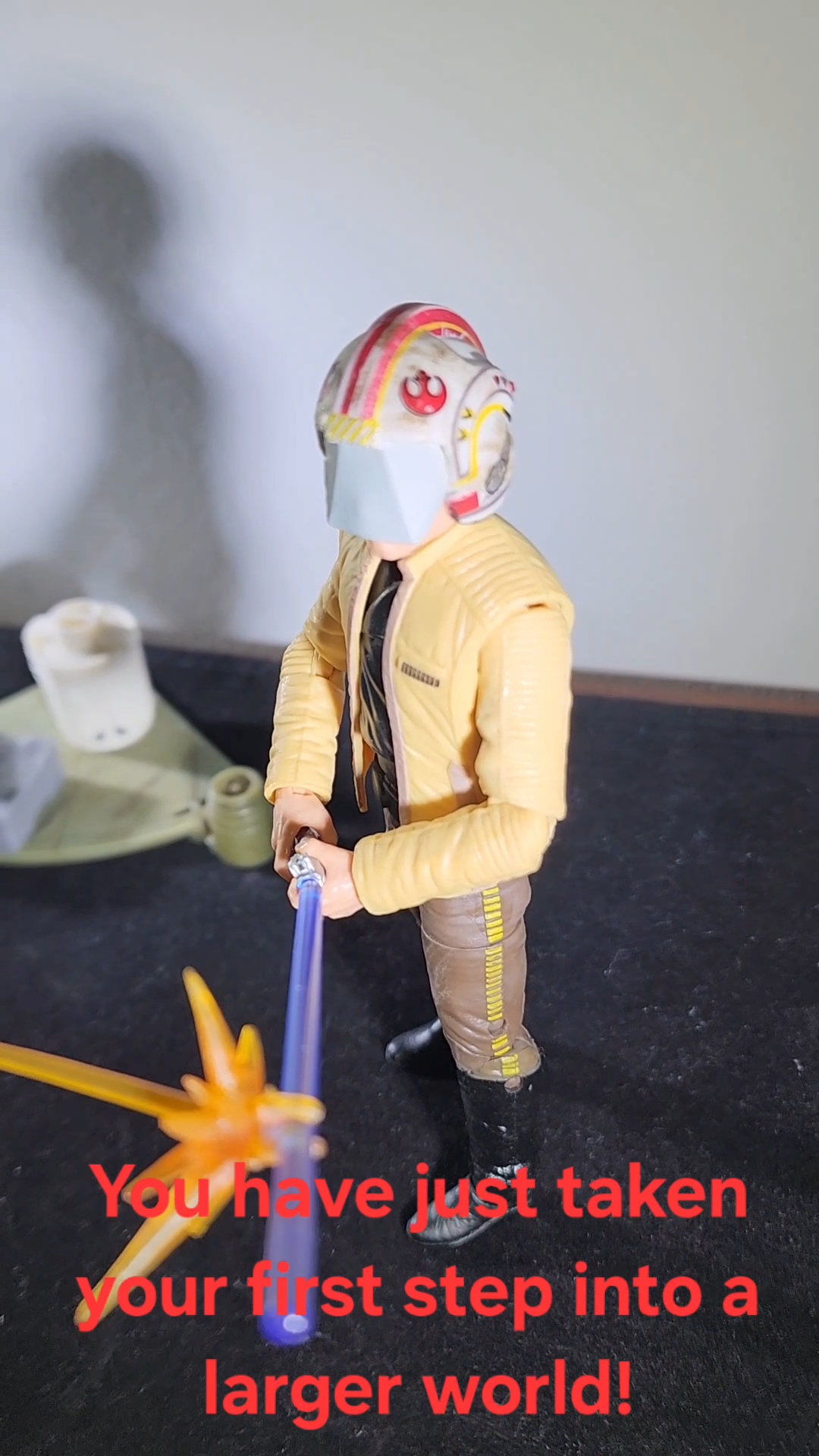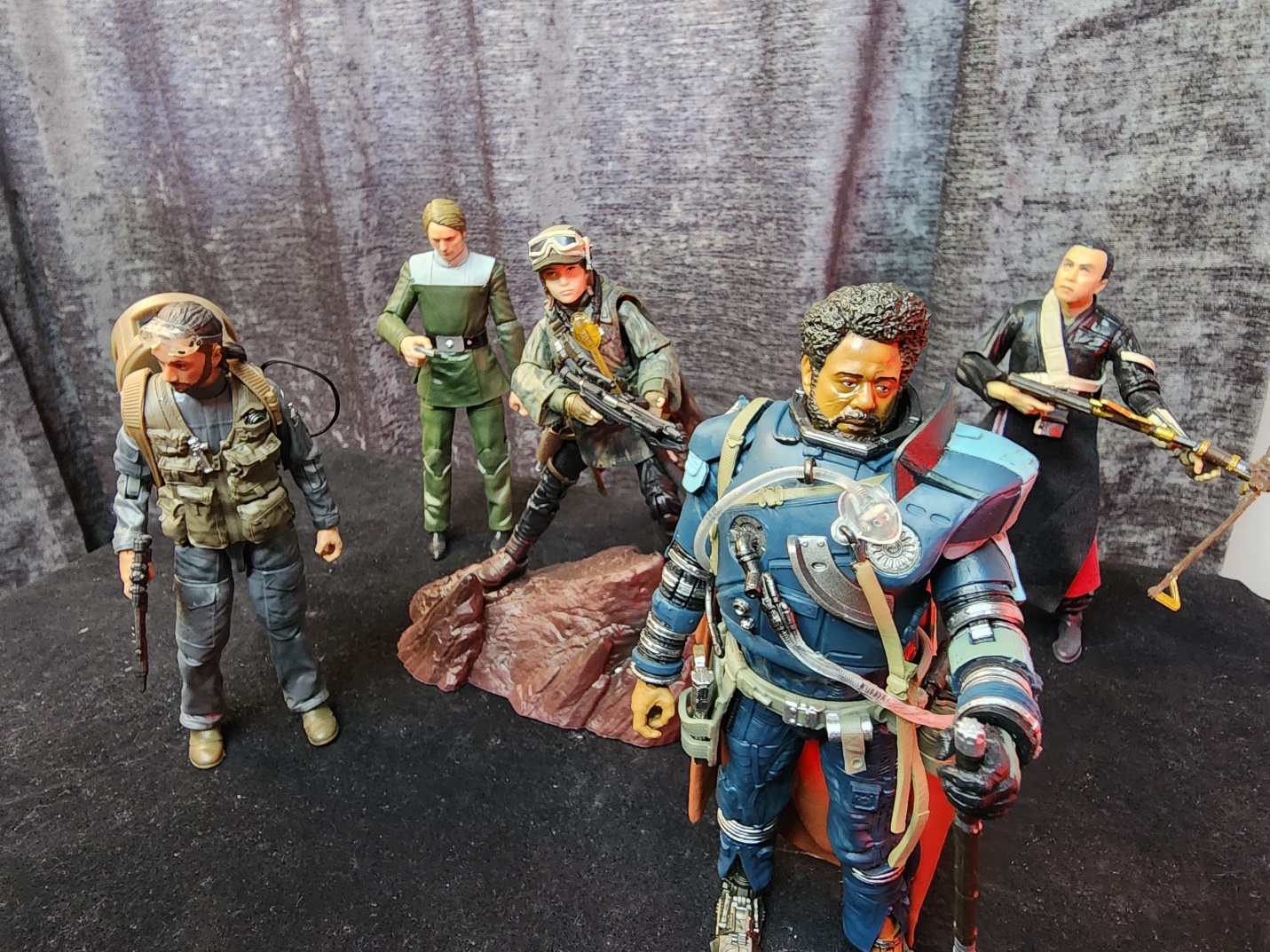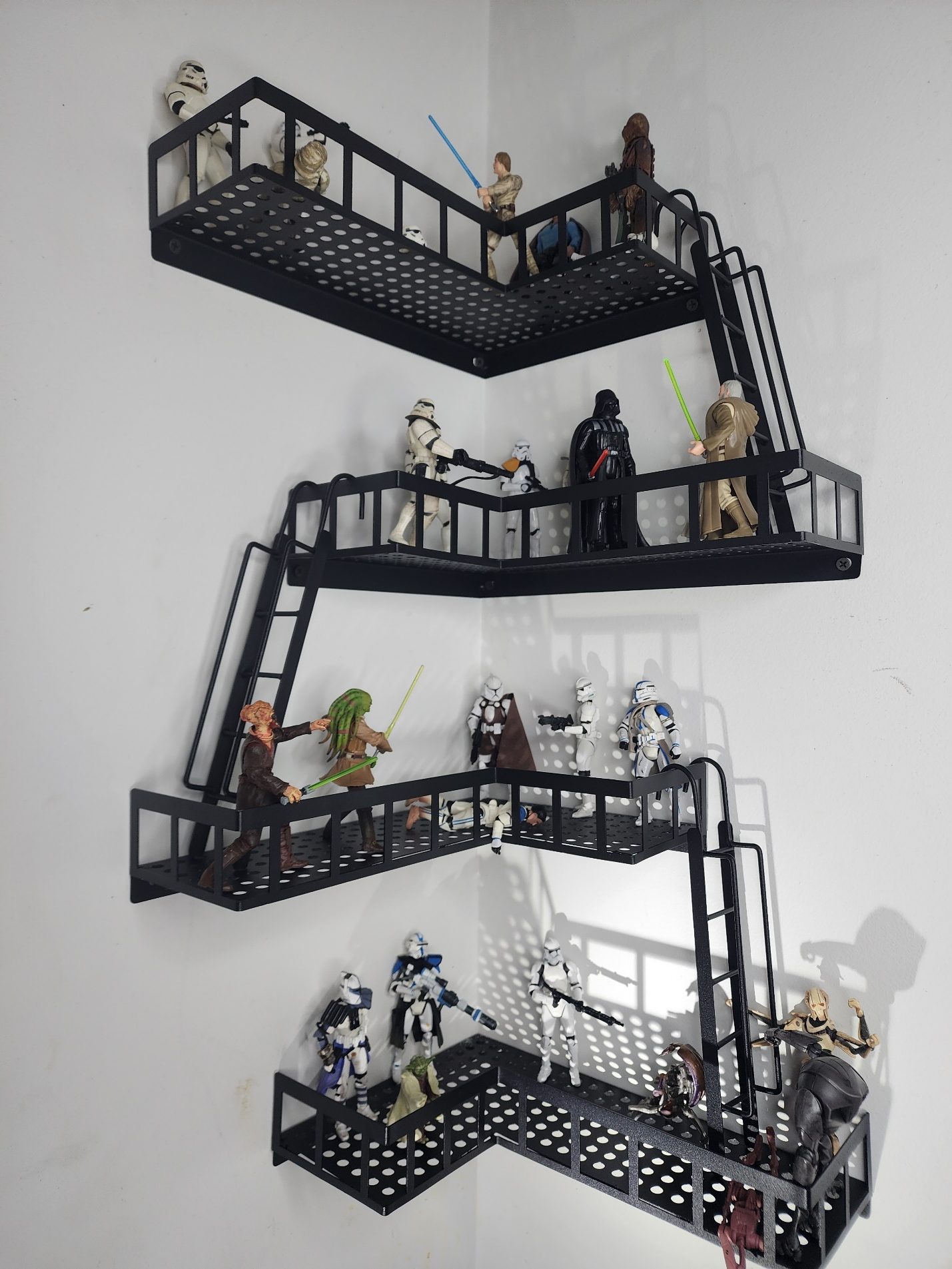Not every figure in the Alley comes straight from the factory. Some are custom-built works of art, others are unlicensed knock-offs — and believe it or not, both can have serious collector value. The key is honesty: buyers deserve to know exactly what they’re getting.
🎨 Custom Figures
What they are: Figures that have been modified, repainted, or built from scratch by a customizer.
Why collectors want them:
- Unique sculpts, paint apps, or characters that never had official releases.
- Diorama-ready pieces that stand out from mass-produced lines.
- One-of-a-kind art — no two customs are ever the same.
How to list customs:
- Always state clearly that it’s a custom figure.
- Mention what base figure (if any) was used.
- Describe paint type, sculpting, or modifications.
- Include lots of photos from all angles.
Customs don’t always fetch official-line prices, but some are so well done they become grails in their own right.
🤖 Knock-Off Figures (a.k.a. Bootlegs)
What they are: Unlicensed reproductions of existing figures, often from overseas factories.
Why collectors want them:
- Some knock-offs are hilariously weird (odd colors, misspelled names).
- Others become valuable in their own right due to rarity or novelty.
- Certain knock-off lines have their own cult following.
How to list knock-offs:
- Be upfront: call it a knock-off or bootleg.
- Point out unique differences (odd paint apps, misshaped molds, unusual packaging).
- Note if it’s vintage — older knock-offs can be highly collectible.
Remember: honesty is everything. Passing off a knock-off as the real deal hurts buyer trust and your reputation.
💡 Pro Tip
Some collectors specifically hunt customs and knock-offs because they’re fun conversation pieces. By being clear and detailed in your listing, you’ll connect with the right buyers and avoid confusion.
Final Thought
Customs and knock-offs may not be “official,” but they’re still part of collecting culture — sometimes a big part. Describe them honestly, show them clearly, and you may be surprised just how much excitement they bring in the Alley.


